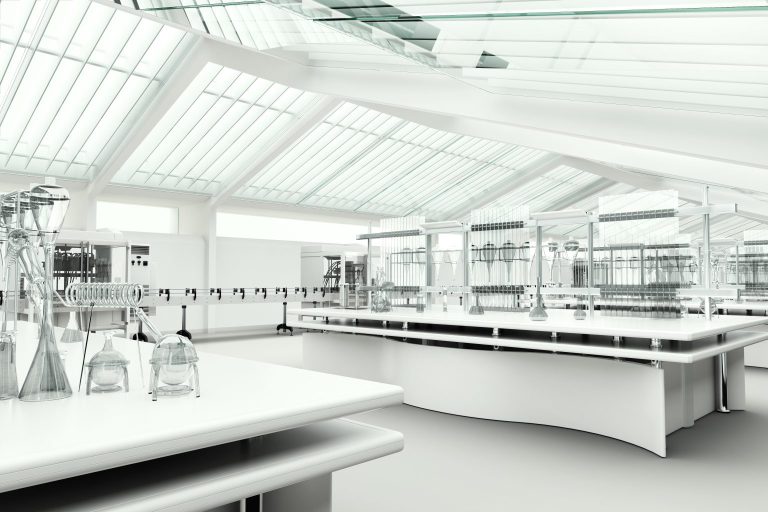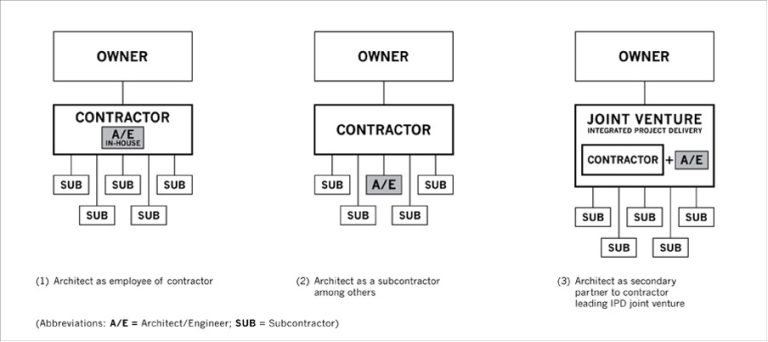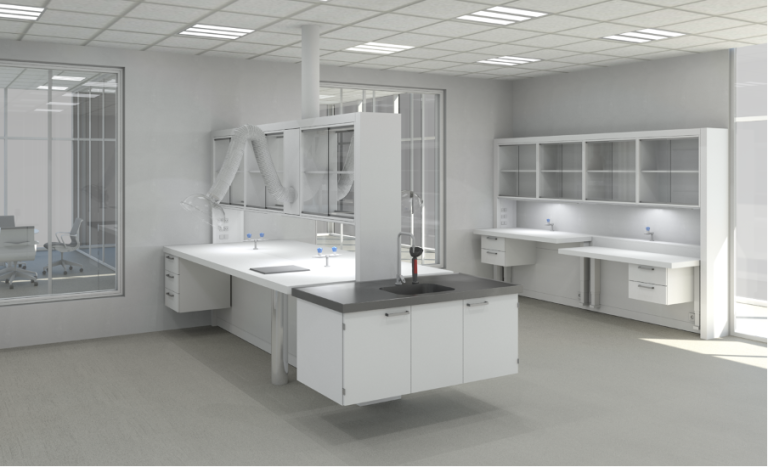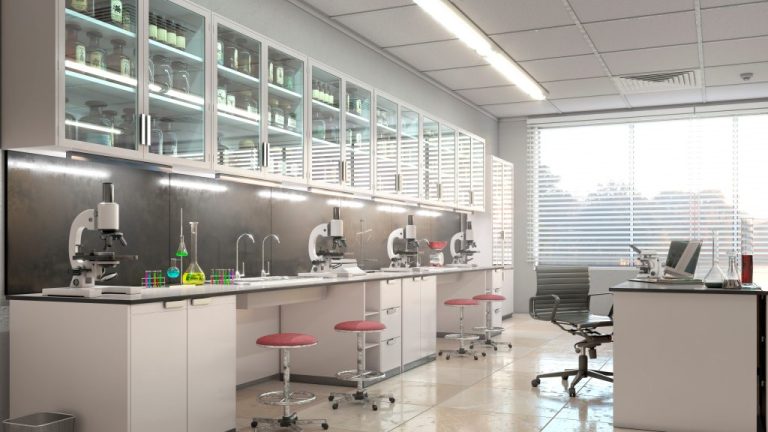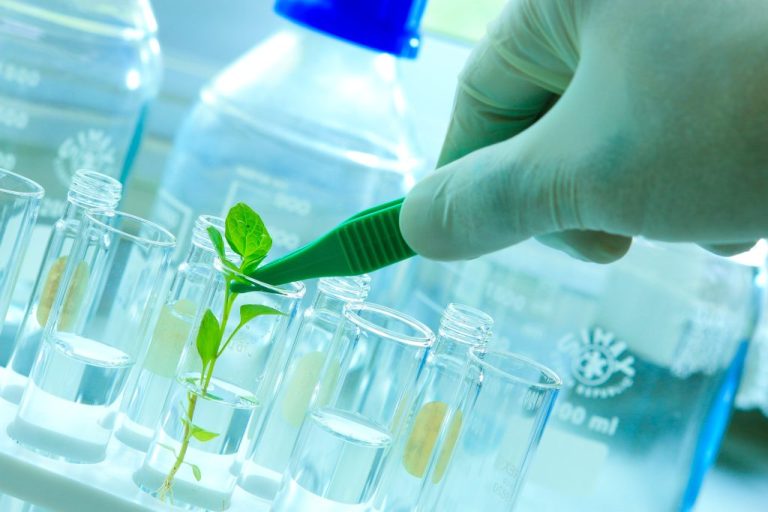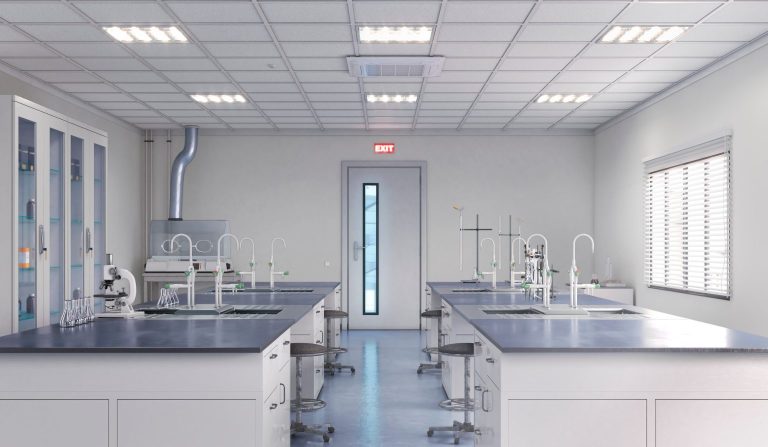The Top Five Safety Measures When Designing Safe Laboratories
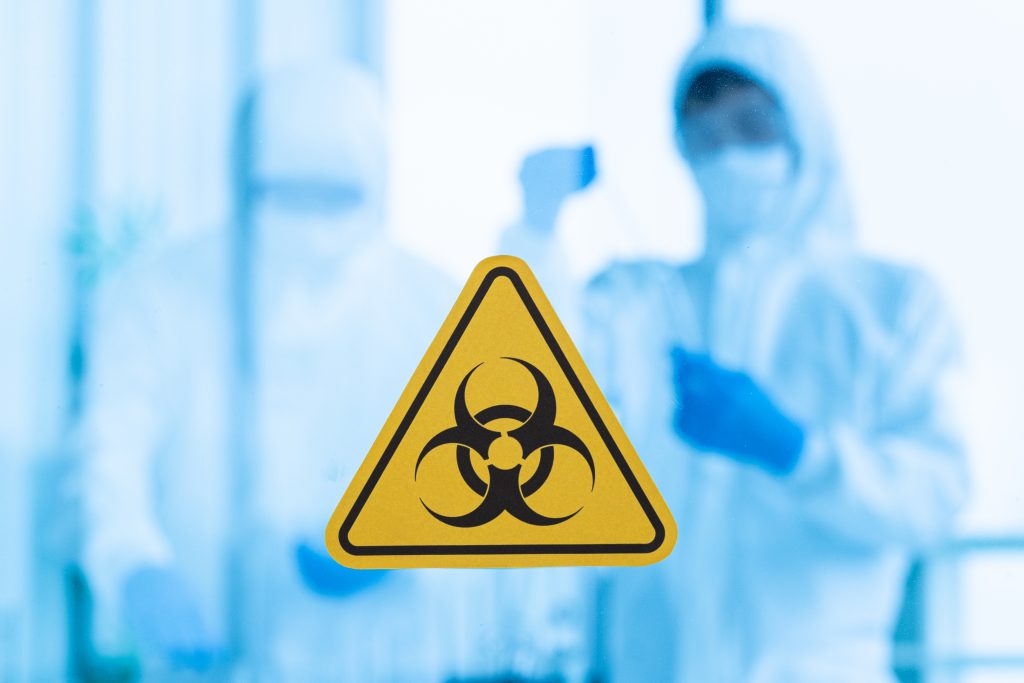
There is a lot to take into consideration when designing a laboratory, but safety might just be the most important factor to include. A laboratory requires special user protection and a ventilated and sterile work environment to be a safe place of work.
But how do we design a lab that supports and works as a safe place of work for the laboratory staff? Read this article to learn about the five most important safety measures in a lab.
Protective equipment
It’s almost obvious that protective equipment and gear must be available in a laboratory. Gloves, masks, and goggles are amongst the most frequently used protective gear you’ll find in a lab.
When an accident such as chemical waste happens, the protective equipment can remedy serious injuries to the laboratory staff, avoiding chemicals on their skin or in their eyes.
Protective equipment should be easily accessible and clearly marked in the lab, so it’s easy to get to when accidents happen.
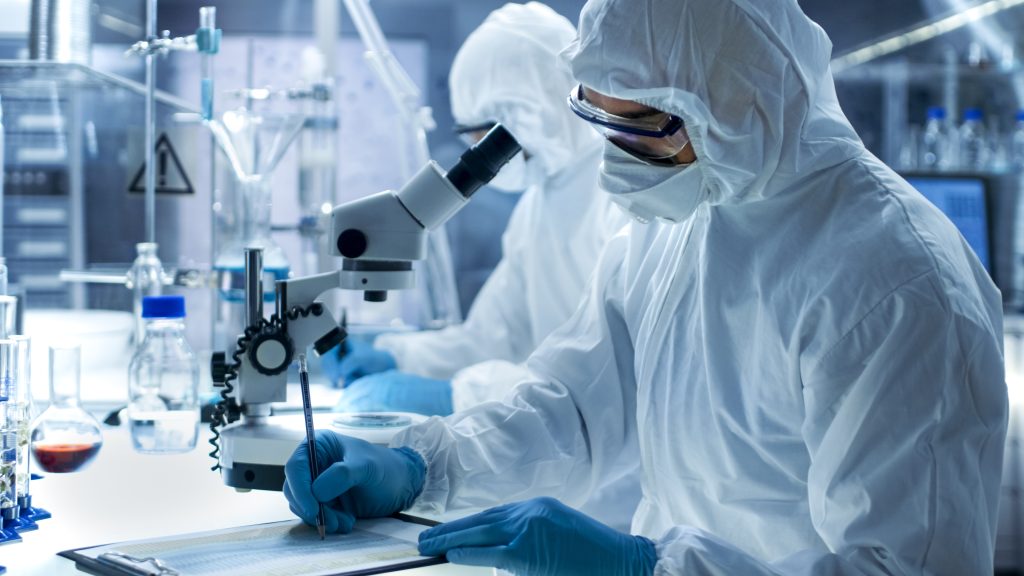
Adjustable inventory
The fact is, you can avoid most accidents if the laboratory is designed and equipped specifically for the planned work. Therefore, flexible and moveable lab furniture is beneficial for safety, because you can arrange the laboratory different depending on the nature of the experiments.
Flexible lab furniture such as height adjustable tables are obvious in any workplace – including laboratories. It gives the staff the option to adjust their working position to fit looking into a microscope for longer periods for instance.
It is also an option to invest in fully mobile furniture on lockable wheels. Flexible inventory is a safety benefit because you’ll be able to adjust the lab to its usage.
Read more about the three largest manufacturers of laboratory furniture in Denmark here.
Surfaces
A laboratory should always be clean, and therefore it’s important to consider which surfaces to perform experiments on. Lab tables and working stations should be robust, waterproof, and easy to clean, and the surface must be able to withstand acids, alkalines, solvents, and many other things.
Below you can read more about the five most common surfaces for laboratory tables:
- Laminate is the most used surface for labs because it is robust to many types of chemicals, heat dissipating equipment, and can withstand water. However, impact and wear can cause problems because the surface may come loose.
- Epoxy tabletop can be used for particularly demanding laboratory setups. Epoxy is resistant to aggressive chemicals and is particularly easy to clean, disinfect, and maintain. Epoxy is – similar to laminate – also sensitive to impact and wear and will get scratches. Moreover, due to its heavy weight it’s not the best solution for flexible labs where inventory is moved around.
- Stainless steel is particularly suitable for labs because it is resistant to water, heat, and most chemicals – and it’s easy to clean.
- Polypropylene is good for labs where lots of water and chemicals are used. The tabletop is strong in relation to impact and wear and is widely used in special lab environments – for instance a washing section where the tabletop is exposed to a lot of water over time.
- Ceramic worktops are very heat resistant and durable as they are made of sand, clay, stone, and natural coloring pigments that are pressured together with high temperatures. Ceramic is suitable in labs where high temperatures, chemical resistance, and high durability is required – often used in fume hood for instance. The ceramic surface is easy to clean and does not absorb liquids or other substances.
Ventilation
All laboratories should have ventilation equipment to control the temperature, to ensure a comfortable work environment since research show that optimal work temperature can increase efficiency.
When working with dangerous materials in a laboratory the ventilation system should be even more advanced. Ventilation should primarily ensure a good indoor climate, but it’s also essential to keep the air clean constantly to prevent contamination and ruining samples.
When a laboratory works with pathogens requiring an advanced biosafety level you should create a negative pressure laboratory, where the air is ventilated out of the lab through a filter, that prevents microorganisms from spreading outside the lab.
As a rule of thumb when wanting to separate contaminants and prevent experiments from being compromised the ventilation system should ensure that clean areas are positive pressure zones and potentially toxic areas are negative pressure zones.
When dangerous chemicals are used, the ventilation in the lab will help keeping dangers away from the user. A lab design often includes extraction in the form of fume hoods, that are used to perform experiments with materials that give off strong and dangerous fumes.
Suction arms collecting fumes are also important components in many labs, as it prevents the lab staff from inhaling fumes from experiments, thus avoiding the harmful effects this could have.
You’ll also typically find bio safety cabinets, designed to allow safe handling of dangerous chemicals or toxic substances and limit the risk of contamination.
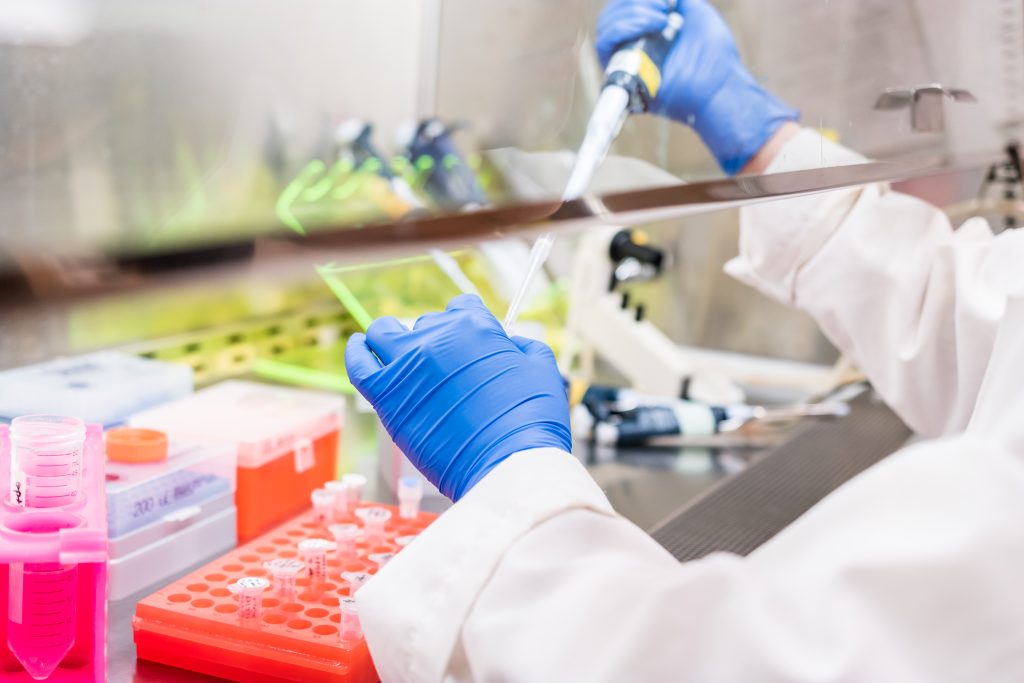
Safety signs
Safety signs are seen everywhere in everyday life, and labs are no exception. A lab constitutes several dangers, which is why safety signs are required legally.
The content of the signs should be easily read and should follow common color-coding rules. We’re all familiar with the emergency exit sign, that we read without even thinking about it. Other examples of lab signs are first aid, eye wash station, and emergency instruction signs.
Moreover, labs should according to law be equipped with easily accessible safety data sheets for the chemicals in use.
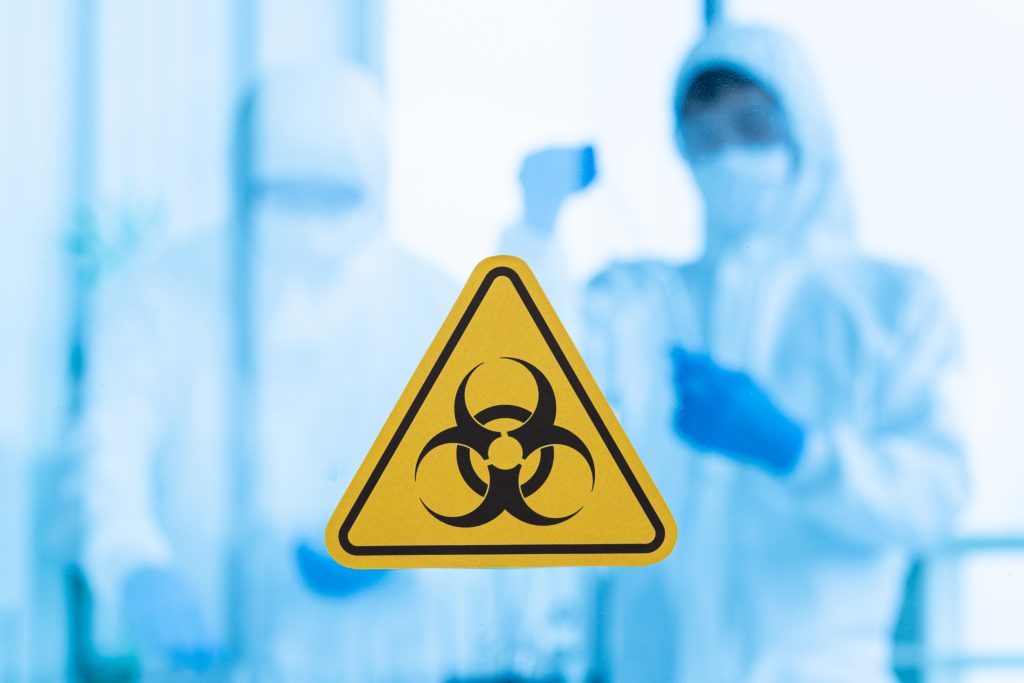
Do you need help with your lab project?
Many accidents can be avoided by contemplating the dangers in the design process and if the lab is equipped specifically for the planned work, you’ll prevent mishaps.
If all safety features are in place, lab staff can concentrate on the work and be more productive than if they had to worry about their own safety.
At Copenspace we have the competences required to design and built a safe laboratory. We emphasize listening to your needs while advising you on how to design your lab as safe as possible while living up to all standards and legal requirements.
Whether you are building a new lab from scratch, expanding an existing, or converting office space into labs, we can help you with the design and built.
Contact us today to tell us more about your lab project.

